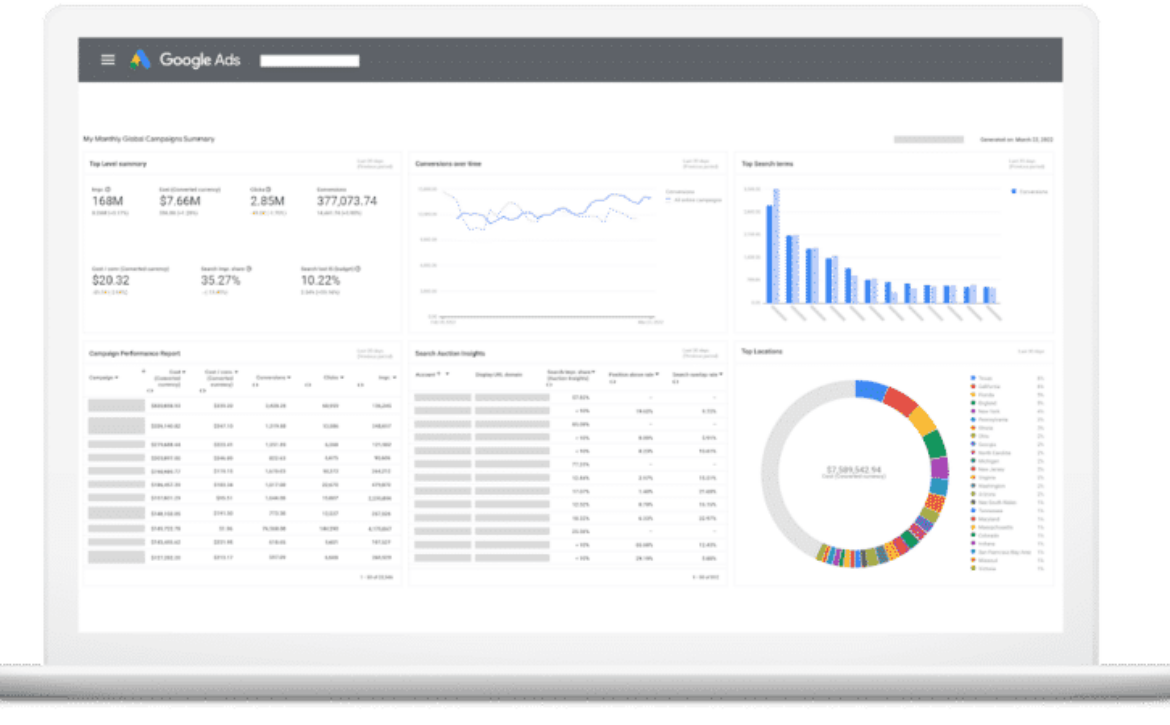Google Ads custom columns get major upgrades
Google Ads custom columns just got a whole lot more customizable. Launched in 2014, a custom column in Google Ads is a nifty feature that allows advertisers to display non-standard data directly within the web interface.
These custom columns have historically allowed advertisers to view column breakouts by conversion, device and network. Now, these columns are becoming even more powerful.
A major visualization improvement within the web editor. The new features within custom columns include:
- Spreadsheet functions
- The ability to calculate and compare across date ranges
- Options to reference other custom columns within formulas
- Filter ability for custom variables for conversions
- Non-metric columns within formulas (e.g., the ability to pull in campaign names, budgets and more)
- New column formats such as “Date”, “Text”, and “True/False”
- The ability to apply multiple filters to one formula
These additions are a massive win. They bring more critical, customizable data to a location where you can directly edit campaigns. This should save you substantial time. You no longer need to toggle from reporting to editing.
Google announced that new metrics and features for custom columns are rolling out to accounts over the “next few weeks.”
Spreadsheet functions. The most significant change to custom columns is the addition of ‘functions,’ which will produce a return value based mainly on parameter input. These are passed in via parentheses after the function name and act similarly to options available in popular spreadsheet software. From rounding up numbers to combining text strings, these functions allow for curated content directly within Google Ads columns.
Calculating & comparing across date ranges. One of the most helpful new filters allows for custom columns that average or compare over a given timeframe.
An example provided by Google shows the ability to validate click data over a set report day function while returning a variable of true/false using this formula:
Clicks / report_days_count())>=100
This will give you the ability to set up columns to quickly diagnose what campaigns/ad groups are hitting specific metrics and goals for given periods within the web interface.
Referencing other custom columns within a formula. This allows for the referencing of other custom columns to surface more data at once. You can create a unique custom column that could be referenced within a formula to extract even more data without duplicating the process.
Even the minor upgrades are incredibly helpful. Outside of the new formulas and functions the additional upgrades are major time-savers. The ability to sort custom columns will help surface critical elements quicker and pulling non-metric data will help those that like viewing more data.
Custom columns will also have the ability to have multiple filters to a formula for even better segmentation.
Why we care. This is a monumental gift to Google Ads advertisers everywhere. In a time that it feels like ad platforms are getting simpler, this upgrade bucks the trend. The ability to create powerful formula-driven columns within the web editor interface is a zig to the seemingly constant barrage of unwanted zags. If you’ve become accustomed to a back-and-forth between reports and editors, you may see notable time savings with carefully curated columns.
The post Google Ads custom columns get major upgrades appeared first on Search Engine Land.





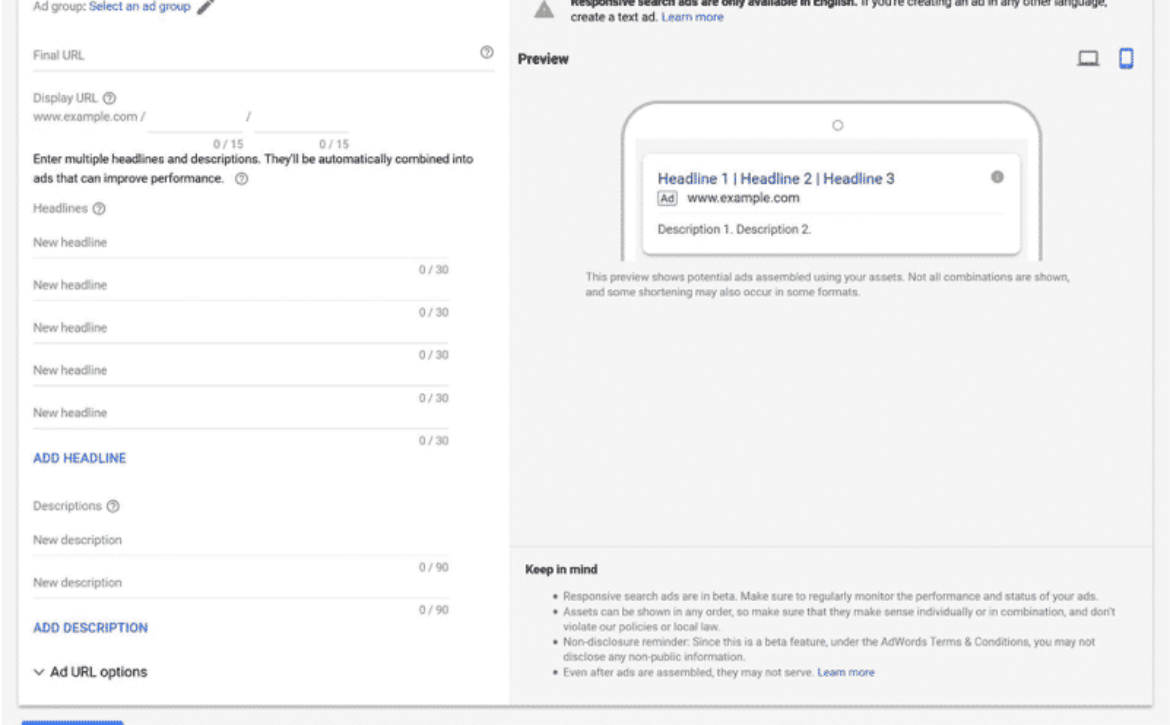

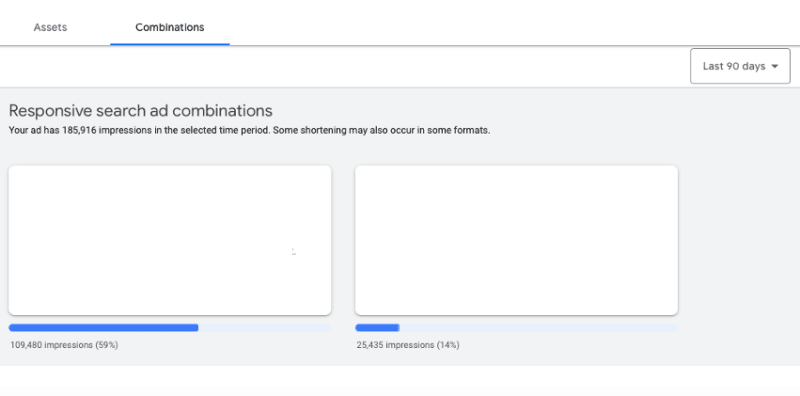
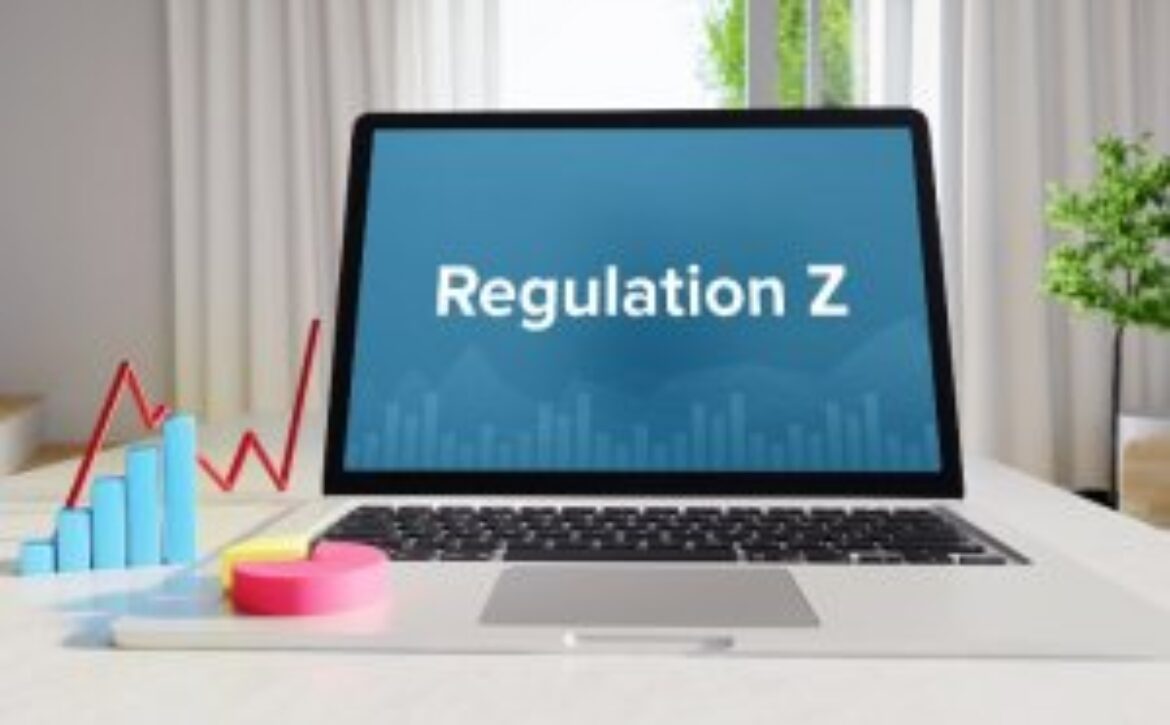


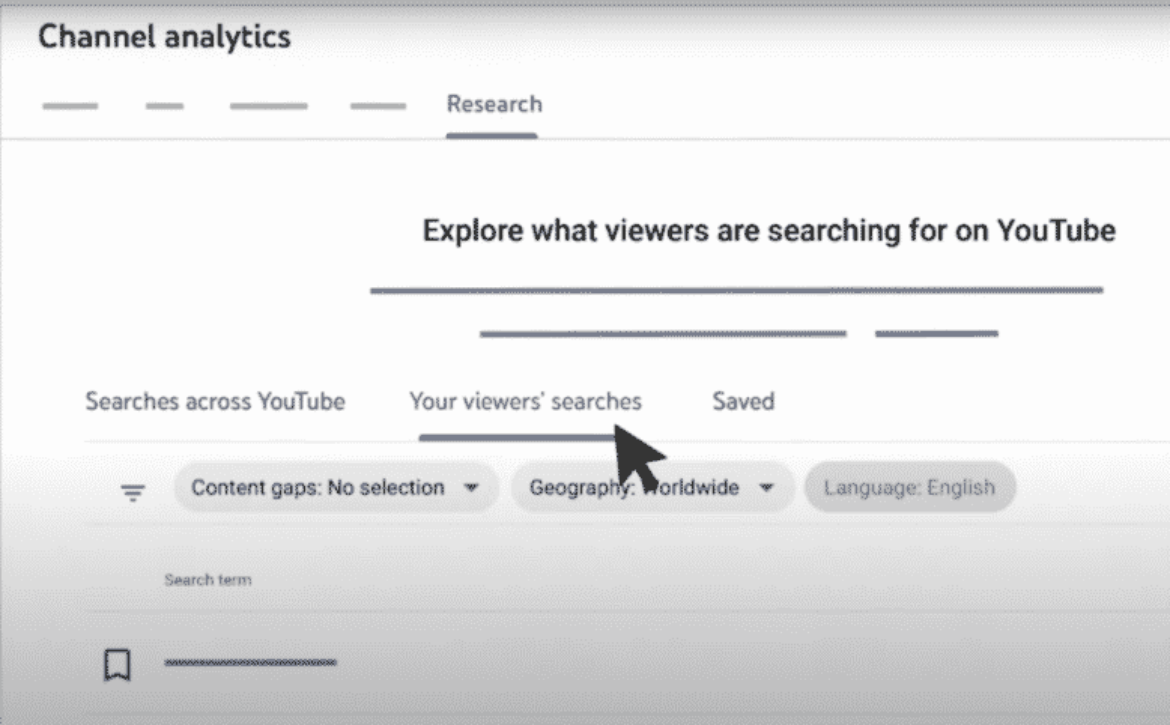

 the easier way to figure out which ones to turn back on is:
the easier way to figure out which ones to turn back on is:


